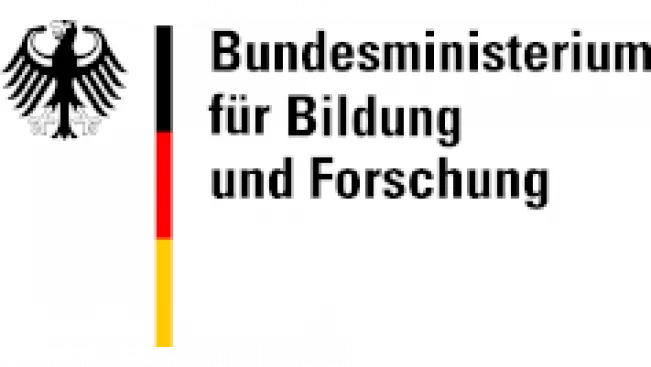Denthart
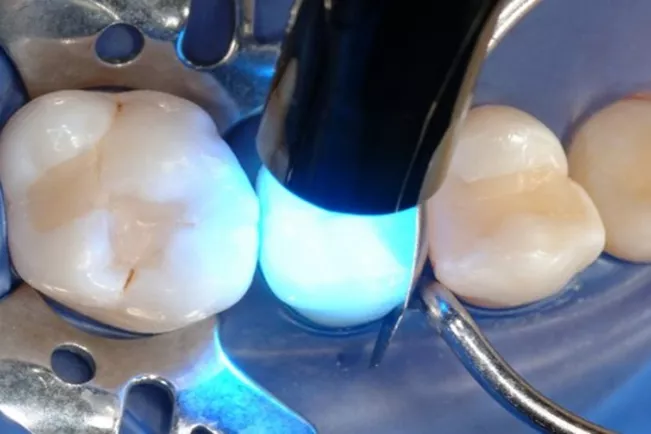
Research project at a glance
Departments and Instituts
Funding type
Period
01.07.2010 to 30.11.2013
Project manager at H-BRS
Project Description
The aim of this project is to investigate the hardening process of light-curing dental filling components. This is realised by tracking the process in real time with the help of the dielectric analysis (DEA). This method enables to track the behaviour of resins while hardening in the electric alternating field. The DEA is method that is used frequently, mostly in the aerospace and automotive industry, but less in the dental fields. Due to its great resolution in time and its sensitivity the DEA can be used for fast initiation processes as well as for slow post-curing processes after light exposure.
The goal is to learn more about the hardening processes and their different parameters, e.g. reaction temperature, resing compostition, viscosity, light intensity and depth of radiation. This data is crucial for kinetic modelling of polymerisation and hardening processes.
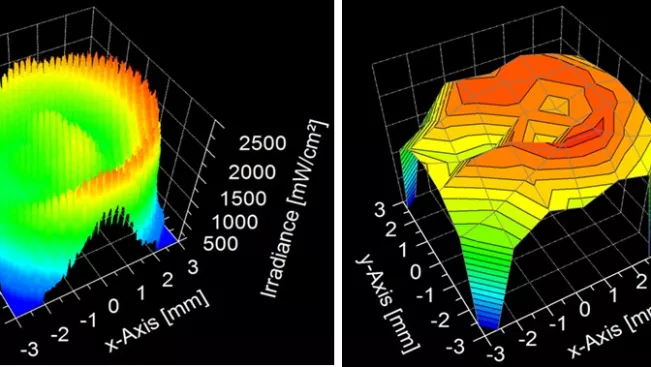
Many hardening lamps show an inhomogenous distribtion of the light intensity along the optical fibre. Picture 1 shows that the light intensity is lower in the center part (left). This propses that in real therapies it might also come to inhomogenous distributions of the hardness profile caused by an inhomogenous lamp. This will effect the local mechanical properties (picture 1, right). On parts of where the surface is closer to the lamp the intensity of radiation is higher. One part of this project will therefore focus on the development of a testing method that enables the resolution of the mechanical properties of a sample (e.g. a light-cured dental filling).
Results
The FHprofUnt-project showed that hardening processes of light-curing detal components can be tracked with the help of the ion viscosity. This parameter can be taken from DEA data. Though, this requires the chemism of the hardening reaction.
The development of a prototype also enabled the determination of the mechanical properties of polymer samples. This was done via DMA Indentation.
Publications
•Steinhaus J, Moeginger B, Grossgarten M, Hausnerová B. Evaluation of dielectric curing
monitoring investigating light-curing dental filling composites. Mater Eng, 2011; Vol.18:28-33.
• Netto AM, Steinhaus J, Hausnerova B, Moeginger B, Blümich B, Time-resolved study of the photo-curing process of dental resins with the NMR-MOUSE. Appl Magn Reson, 2013; Vol.44:1027-39.
• Haenel T, Price R, Steinhaus J, Möginger B, Hausnerova B. Lichthärtende Dentalkomposite – Einflüsse auf die Aushärtung. ZWR – Das Deutsche Zahnärzteblatt, Vol. 122, 01/2013, 72-76, 2013.
• Steinhaus J, Hausnerová B, Haenel T, Grossgarten M, Moeginger B. Curing kinetics of visible light curing dental resin composites investigated by dielectric analysis (DEA). Dent Mater, 2014; Vol.30(3):372-80.
• Steinhaus J, Moeginger B, Grossgarten M, Rosentritt M, Hausnerová B. Depth dependent curing behaviour of dental resin composites using DEA. Dent Mater, 2014; Vol.30(6):679-87.
• Haenel T, Hausnerová B, Steinhaus J, Price R, Sulivan B, Moeginger B. Effect of the Irradiance Distribution from Light Curing Units on the Local Mechanical Behavior of Dental Composite. Dent Mater, 2015; Vol.31:93-104.
• Steinhaus J, Selig D, Duvenbeck F, Haenel T, Moeginger B, Hausnerová B. Correlating dynamic and ion-viscosity of visible light curing dental resins and composites. Veröffentlichung in Vorbereitung.
• Steinhaus J, Hausnerová B, Haenel T, Grossgarten M, Moeginger B. A new method modelling curing kinetics of VLC dental resin composites with a non-linear reaction time constant evaluated by FT-IR and DEA. Veröffentlichung in Vorbereitung.
• Haenel T, Sturm F, Steinhaus J, Price R, Moeginger B, Hausnerová B. Measuring 2-D modulus distribution on a polymer specimen with a modified DMA-prototype. Veröffentlichung in Vorbereitung.
Research associates
Cooperation partners

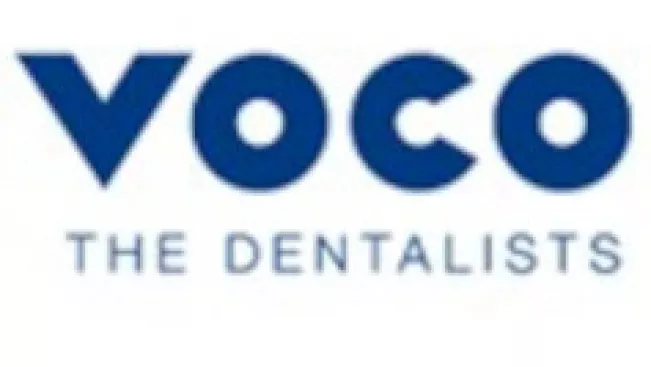
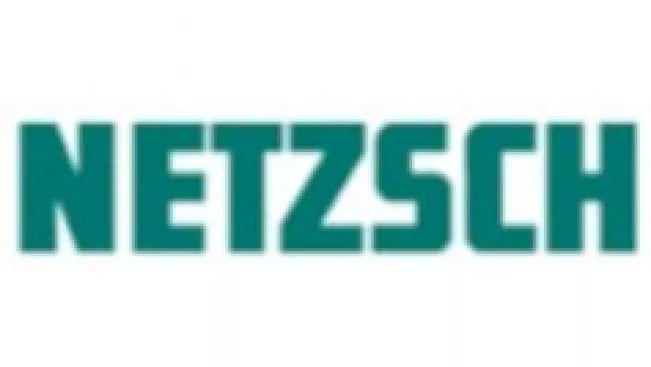
Sponsors
